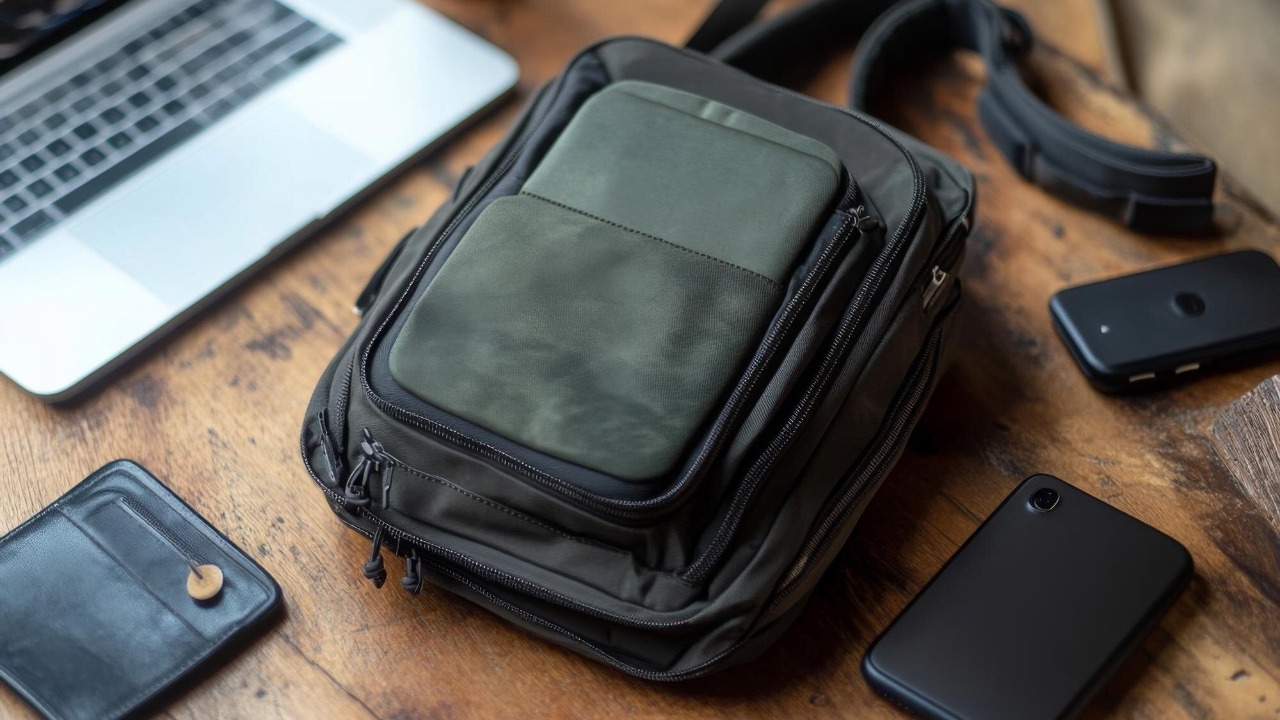
With the recent ban on lithium batteries in checked baggage by the TSA, travelers are seeking safe carry-on solutions for their everyday items like power banks, phones, laptops, and even electric toothbrushes. As regulations tighten, lithium battery bags have emerged as a potential safeguard for compliant and secure travel. But are these specialized, fire-resistant pouches worth the investment? Let’s delve into what you need to know before you buy.
What Are Lithium Battery Bags?
Lithium battery bags are specialized pouches designed to contain potential thermal runaway in lithium-ion batteries during transport. These bags are typically made from fire-resistant materials like fiberglass or Kevlar, which are used to suppress flames and contain heat, adhering to industry standards for aviation safety. The sizes and capacities of these bags vary, with some accommodating spare batteries up to 100Wh, aligning with carry-on limits.
Why Lithium Batteries Pose Travel Risks
Lithium batteries pose a fire hazard when they overheat or short-circuit. Incidents involving power banks, phones, and laptops on flights have underscored this risk. As a result, the TSA has instituted an outright ban on lithium batteries in checked bags, requiring all to be in carry-ons to mitigate in-flight dangers. Additionally, there are restrictions on battery capacity, like limits under 160Wh for spares, to prevent the escalation of small malfunctions into emergencies.
Current TSA and IATA Regulations
The TSA’s policy that lithium batteries are banned from checked baggage took effect on May 8, 2025. The IATA has also issued rules mandating that devices like phones and laptops with installed batteries must be carried on, with spares protected against activation. Even personal care items like electric toothbrushes are subject to these regulations, with removable batteries limited to carry-on only.
Do Lithium Battery Bags Meet Regulatory Needs?
Lithium battery bags can help travelers comply with TSA’s checked bags ban by providing a dedicated, secure carry-on compartment for spare batteries. The IATA also endorses protective packaging for power banks, where bags can insulate against damage during turbulence. However, these bags do not replace the need for batteries under 100Wh, but they do enhance safety for approved sizes.
Pros and Cons of Investing in These Bags
Investing in lithium battery bags comes with both benefits and drawbacks. On the plus side, these bags offer enhanced fire containment for items like laptops, provide peace of mind during flights, and may even offer potential insurance benefits for valuables. On the downside, they add cost and bulk to carry-ons, which may not be necessary for low-capacity batteries in devices like electric toothbrushes. Furthermore, not all bags fully suppress fires from high-capacity units over regulatory limits.
Alternatives to Lithium Battery Bags
For those who find lithium battery bags unnecessary, there are alternatives. Built-in device protections, like hard-shell cases for phones, may be sufficient for minimal-risk travel. Some airlines also offer specific pouches or recommend tape-insulation methods under TSA rules for spare batteries without dedicated bags. Another option is to ship batteries ahead, avoiding the Real ID deadline travel hassles altogether.
More from MorningOverview